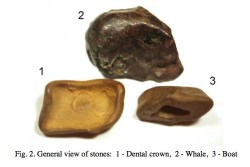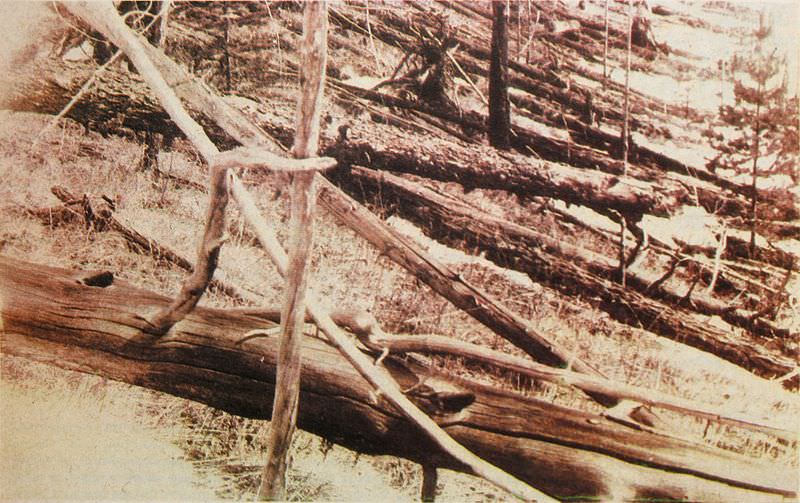Last week, Russian researcher Andrei Zlobin announced that stony fragments collected from a riverbed in 1988 are “probably Tunguska meteorites,” and are likely the remains of whatever cosmic object — thought to be either a comet or an asteroid — entered Earth’s atmosphere over the boggy region of Siberia on June 30, 1908, detonating with an estimated force of 5 megatons and leveling over 800 square miles of forest.
So far, definitive pieces of the original object have yet to be found despite numerous expeditions to the remote impact site. In a paper submitted on April 29, Zlobin cites the melted appearance of several stones found at the bottom of the Khushmo River as a good argument to “confirm the discovery” of Tunguska meteorite fragments.
According to Natalya Artemyeva of the Russian Academy of Sciences’ Geosphere Dynamics Institute, however, Zlobin’s claim is “ridiculous.”
In an article published May 4 on RIA Novosti, Artemyeva stated “There are many meteorites on Earth. For 100 plus years since the fall of the Tunguska space body, the weight of meteoric dust and small meteorites that have fallen out in that region has exceeded the mass of Tunguska.”

An estimated 100 tons of space debris enters Earth’s atmosphere on a daily basis.
Although Zlobin admits in his submitted paper that “strict confirmation of discovered melted stones as Tunguska meteorites is possible only after attentive chemical analysis of substance,” it seems that he is making rather bold claims based on appearance alone — especially considering the enigmatic and iconic nature of this particular impact event.
Read more: Tunguska Mystery Solved?
“It’s ridiculous,” Artemyeva said. “You can’t say by the appearance of a stone that it’s a meteorite. I don’t think there is ground for scientific discussion here.”
And, according to Artemyeva, even if the stones are found to be actual meteorites, connecting them to the 1908 event will still be a challenge.
Zlobin’s samples, which were in storage until 2008, are still awaiting full chemical analysis.
Read more on RIA Novosti here and on the MIT Technology Review here.

